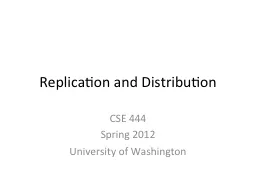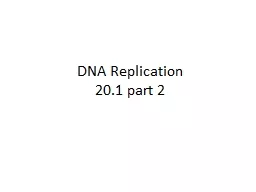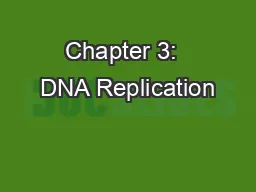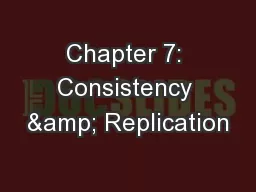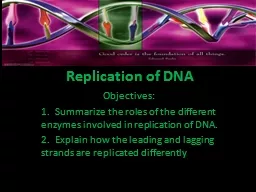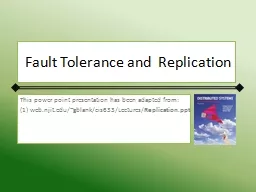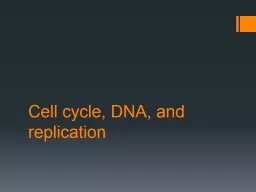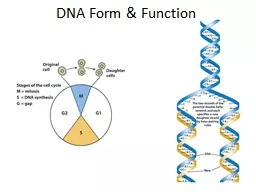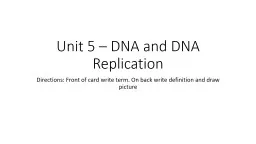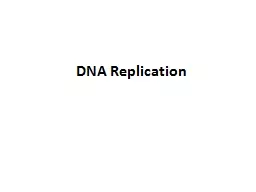PPT-Replication and Distribution
Author : olivia-moreira | Published Date : 2018-01-31
CSE 444 Spring 2012 University of Washington HASH MAPS Hash Maps Precursors to Bloom filters Used to reduce communication while joining S Set to transmit S x 1
Presentation Embed Code
Download Presentation
Download Presentation The PPT/PDF document "Replication and Distribution" is the property of its rightful owner. Permission is granted to download and print the materials on this website for personal, non-commercial use only, and to display it on your personal computer provided you do not modify the materials and that you retain all copyright notices contained in the materials. By downloading content from our website, you accept the terms of this agreement.
Replication and Distribution: Transcript
Download Rules Of Document
"Replication and Distribution"The content belongs to its owner. You may download and print it for personal use, without modification, and keep all copyright notices. By downloading, you agree to these terms.
Related Documents

